Farm Colony is the Times Square of urban exploring. Everybody goes there, takes the same photo (see above) walks around the streets for a bit, and then complains about what an overexposed shithole it is. Although the surrounding forest is scenic, the buildings have been bombed out, burned down, and ransacked. It’s so well-traveled that neither neighbors nor cops care about trespassers, which is why during one of my visits, I ran into a student film crew and some tourists from Japan who’d read about in an NYC tour guide. There’s even an elaborately constructed air-soft course on the property, along with multiple bonfire sites and piles of old beer cans. But regardless of its well-trod reputation, Farm Colony has a fascinating history with ties into cultural and political structures of the greater New York City area.
Farm Colony spans 70 of the 320 acres of forest that it shares with the partially active Seaview Hospital. The nearby Willowbrook State School (which everyone knows from Cropsey and the famous Geraldo Rivera investigation) is often mistakenly cited as being part of Farm Colony, however, what remains of Willowbrook is on what is now the campus of the College of Staten Island, about 2 miles NW of Farm Colony.
Farm Colony began in 1829 as the Richmond County Poor Farm. Poor farms were government-run operations where the city’s poor lived in dormitory-style housing. In return for shelter and food, the residents were required to work on the farm. The Richmond County Poor Farm was renamed New York City Farm Colony in 1898 when Staten Island became part of the five boroughs of NYC.
The farm produced enough food to feed the people of Farm Colony as well as residents of nearby hospitals, prisons, and other institutions. In theory, it was a good idea, and to some extent, a fairly successful one, but life at Farm Colony was less than ideal. The dorms were often subject to overcrowding and squalid conditions and alcohol abuse was a persistent problem amongst the residents. At one point, Farm Colony housed around 2,000 people, most of whom were too old for physical labor. Others were unable to work due to handicaps, alcoholism, and other afflictions that rendered them “undesirables” by the government and the general public.
New York Times archive, 1915
In 1924, the land was transferred to the Homes for Dependents and the agency changed the system, no longer requiring manual labor in exchange for room and board. Most of the residents stayed put and continued to work voluntarily. The population began to decline steadily in the 1930s with the rise of Social Security payments that allowed elderly people to not bust their ass on a farm. The Colony was officially shut down in 1975 and the remaining residents were moved across the street to Seaview Hospital, where some still live today. About a dozen structures remain on the overgrown land, which was designated a city landmark in 1985.
Even though the buildings are gutted and/or trashed inside, the property is stunning. It’s part of Staten Island’s Greenbelt, which consists of 2,800 acres of forest. This makes exploring Farm Colony in the summer difficult because the trees and bushes obscure the buildings, which are more noticeable in fall/winter. Also, mosquitos. So many mosquitos.
This building was featured prominently in Cropsey.
This elevated walkway leads into the dining hall, which is clearly where the teenagers do most of their mischief and tomfoolery.
The greenhouse has been incorporated into an air-soft course, which actually looks like tons of fun. I want to do it, but it’s probably unacceptable for a thirty-something adult to approach underage kids and ask if I can play with guns with them.
A room in one of the dormitory buildings, which are the oldest on the property.
An old newspaper clipping c/o the Staten Island Advance. This exact cottage is probably long gone but there are many similar buildings on the property.
People like to rag on Staten Island for being Manhattan’s dingleberry, but I like it. There’s a lot to explore and real people live there. Like, people who grew up there, not like the popular enclaves of Brooklyn full of hopeful twenty-something transplants like I was just a scant few years ago.
For more photos, see the NYC Farm Colony Flickr set.
Disclaimer: If any information is incorrect, if you have more info, or if you’d just like to tell me something, feel free to contact me.
To support my work and see new comics, go here. To buy books, original artwork, merch, and more, visit my website store. Follow me on instagram.
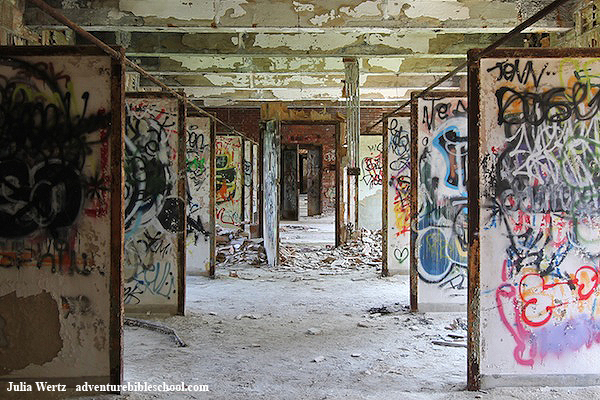
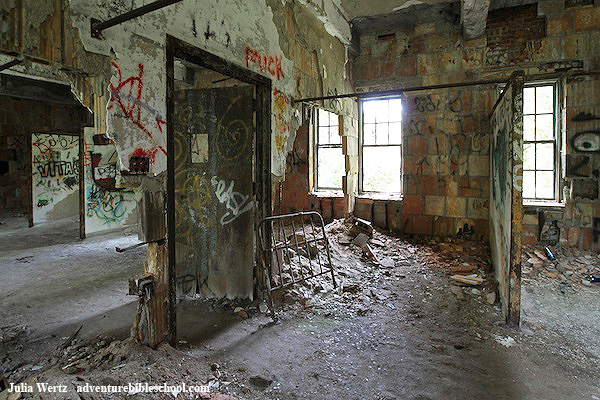


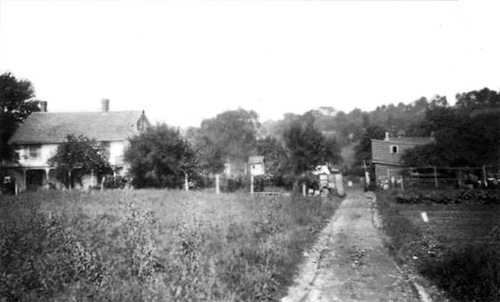
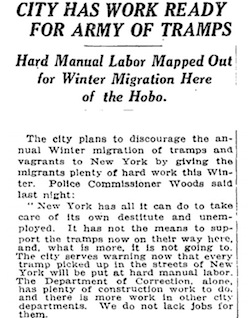
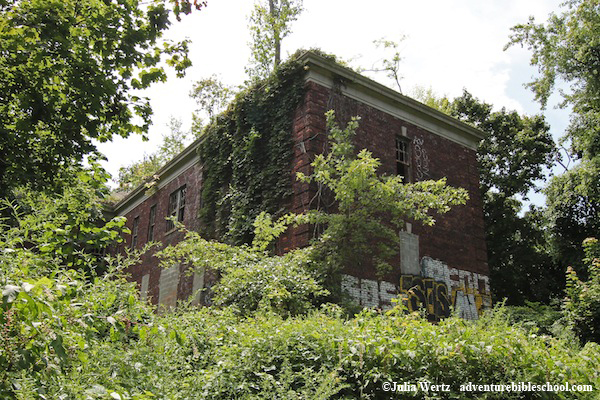
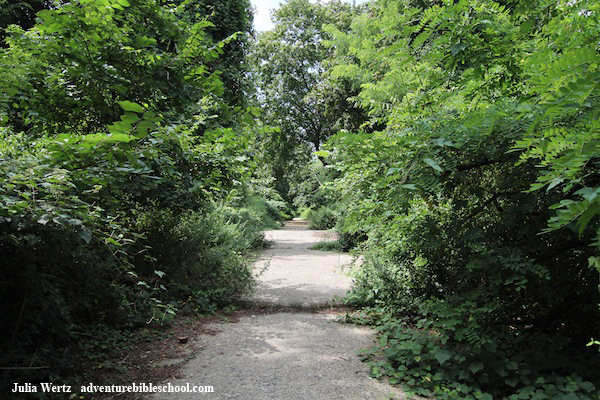
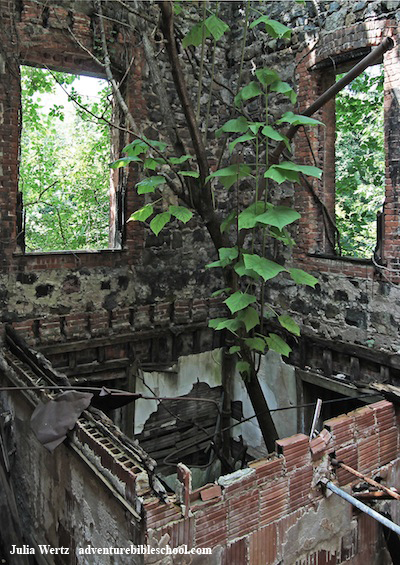




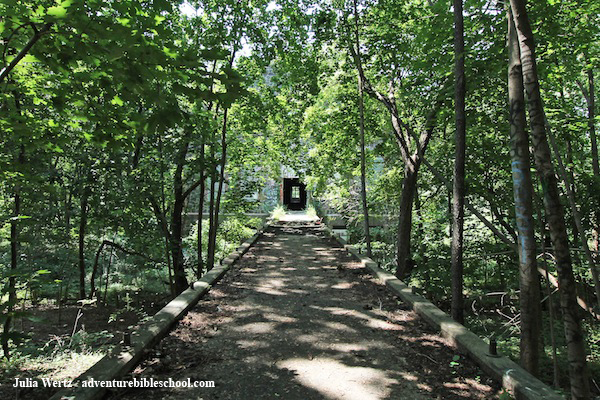
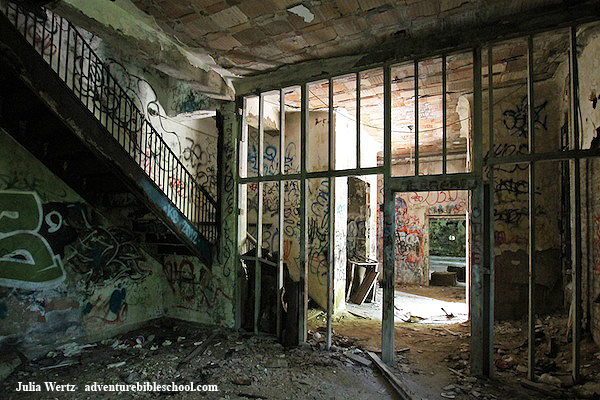






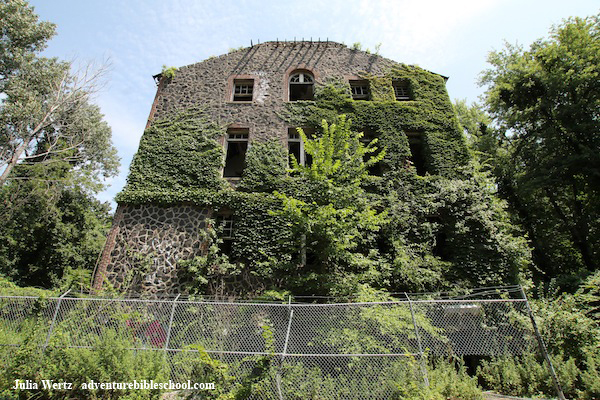



Sorry, the comment form is closed at this time.